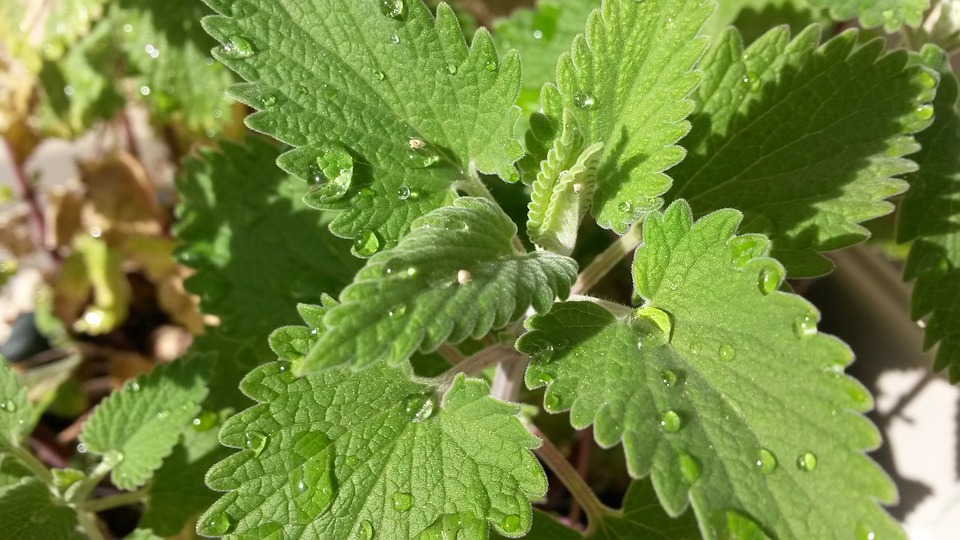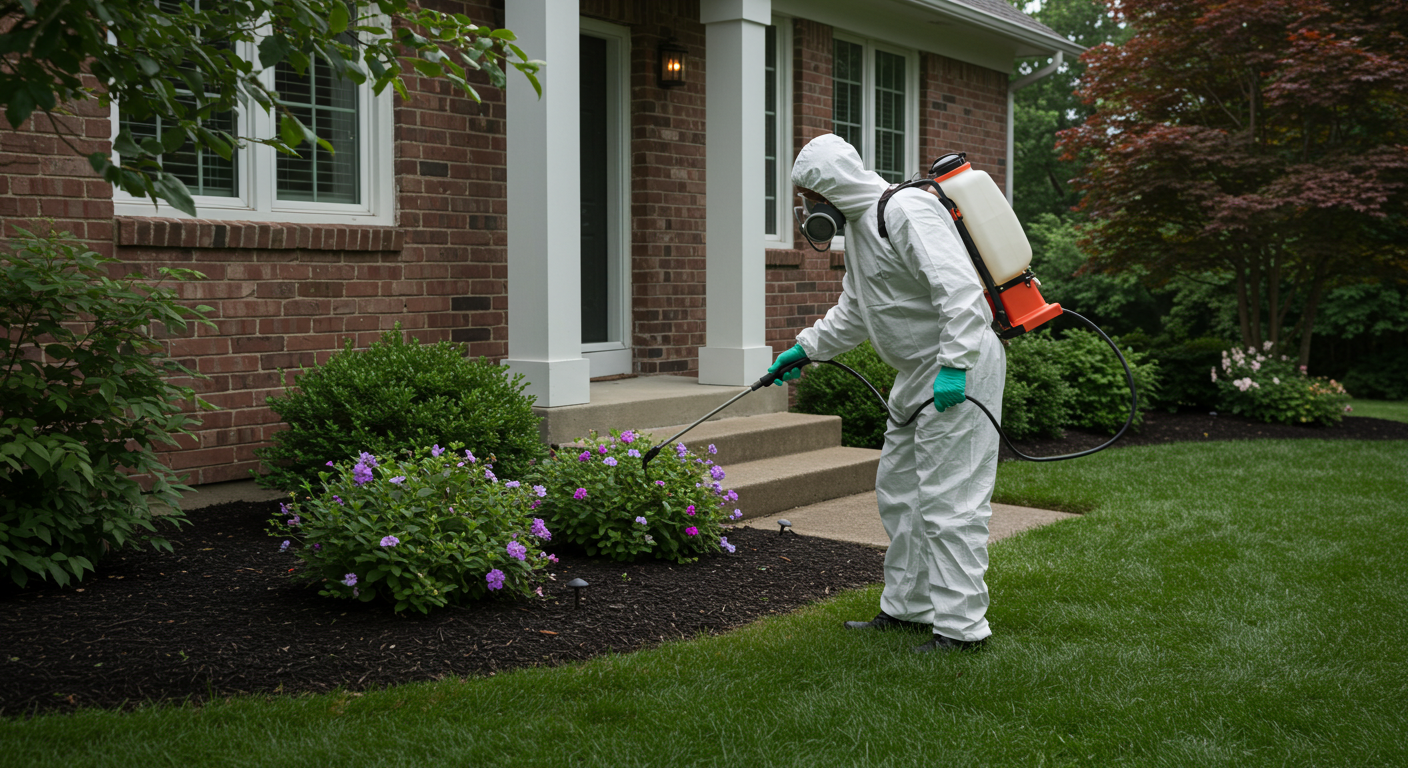Termites may be small, but the damage they can cause to homes and buildings is massive. The key to protecting your property from these silent destroyers lies in understanding and choosing the right type of anti-termite treatment. Let’s break down the most common and effective treatments available today, so you can make informed decisions.
Pre-Construction Anti-Termite Treatment
This type of treatment is designed to prevent termite infestations before a structure is even built. It’s typically applied to the soil and foundation of a building site and involves several steps:
-
Soil Treatment: Termiticides are sprayed or injected into the soil to create a chemical barrier against termites. This is done before pouring the foundation or laying down concrete slabs.
-
Trenching and Rodding: Trenches are dug around the foundation to treat soil directly and ensure thorough coverage.
Pre-construction treatment is highly effective because it protects the property from the ground up. It’s easier to apply when there’s full access to the foundation and much more cost-effective than post-infestation measures.
Post-Construction Anti-Termite Treatment
This treatment is applied to existing structures that are at risk or already infested. It typically involves the following methods:
-
Drilling and Injection: Small holes are drilled into floors and walls, and termiticide is injected into the foundation and soil to form a protective barrier.
-
Perimeter Treatment: Chemicals are applied around the outside of a building to create a continuous defence line.
Post-construction treatments require professional assessment to determine the extent of infestation and the best strategy. This approach is ideal for homeowners dealing with an active termite problem or seeking preventative care.
Liquid Termiticides
Liquid termiticides are one of the most common and widely used forms of termite control. They come in two primary types:
-
Repellent: These discourage termites from entering a treated area, effectively pushing them away. However, they may not kill the colony.
-
Non-repellent: These are more effective for long-term control because termites unknowingly travel through treated areas and carry the chemicals back to their colony, resulting in widespread elimination.
Baiting Systems
Baiting systems are a less invasive and environmentally friendly alternative to liquid treatments. Here’s how they work:
-
Bait Stations: Small stations containing cellulose (termite food) mixed with a slow-acting poison are placed around the perimeter of a home.
-
Colony Elimination: Termites feed on the bait and bring it back to their nest, spreading it to others, including the queen.
These systems are especially useful when traditional soil treatments are not practical.
Wood Treatments
Wood treatments involve applying termiticides directly to wood that is at risk of infestation. This is usually done in the form of:
-
Surface Sprays: Liquid solutions sprayed directly onto wood surfaces.
-
Injected Treatments: Termiticide is injected into pre-drilled holes in wood beams or furniture.
-
Pressure Treatments: Used primarily in manufacturing, this process forces preservative chemicals deep into the wood before it’s used in construction.
Wood treatment is ideal for high-risk areas like basements, crawl spaces, and wooden structures in contact with soil.
Natural and Eco-Friendly Alternatives
For homeowners concerned about the environment or those who prefer less toxic options, there are some natural anti-termite treatments, including:
-
Orange Oil: Extracted from orange peels, it contains d-limonene, which is toxic to termites but safe for humans and pets.
-
Boric Acid: A natural substance that disrupts the digestive system of termites.
-
Nematodes: Microscopic worms that feed on termites and can be introduced into the soil.
Final Thoughts
Choosing the right anti-termite treatment depends on several factors: whether your home is new or established, the severity of infestation, the construction materials used, and your environmental concerns. A professional termite inspection is always the first step in deciding on the most effective solution.
For lasting protection, always consult licensed pest control professionals who can assess your specific situation and apply the safest, most effective treatment tailored to your needs.



